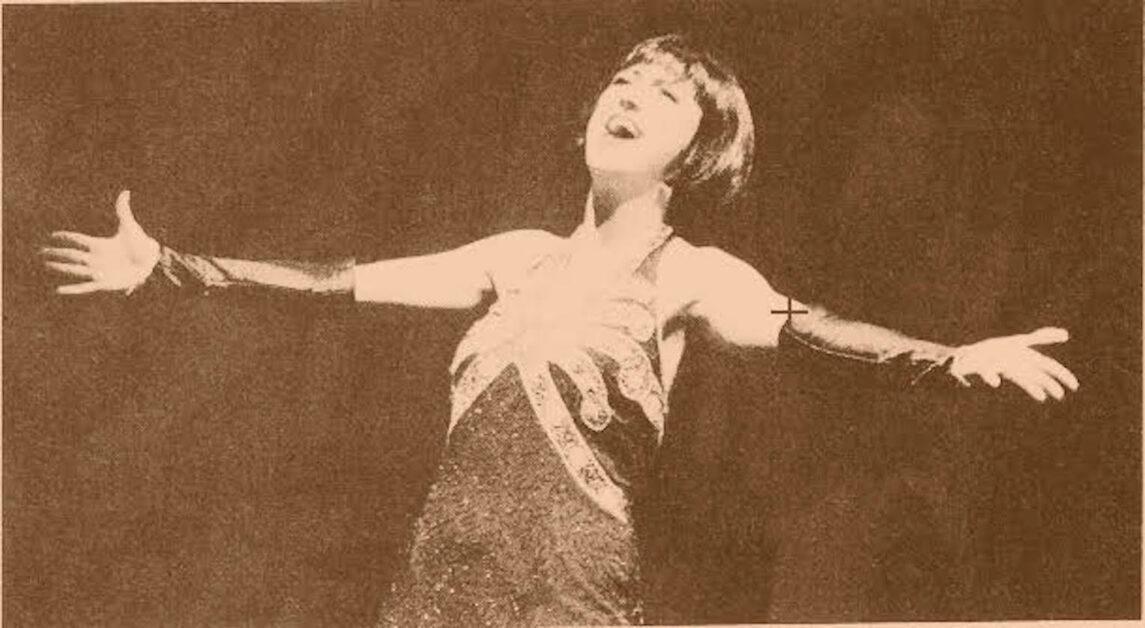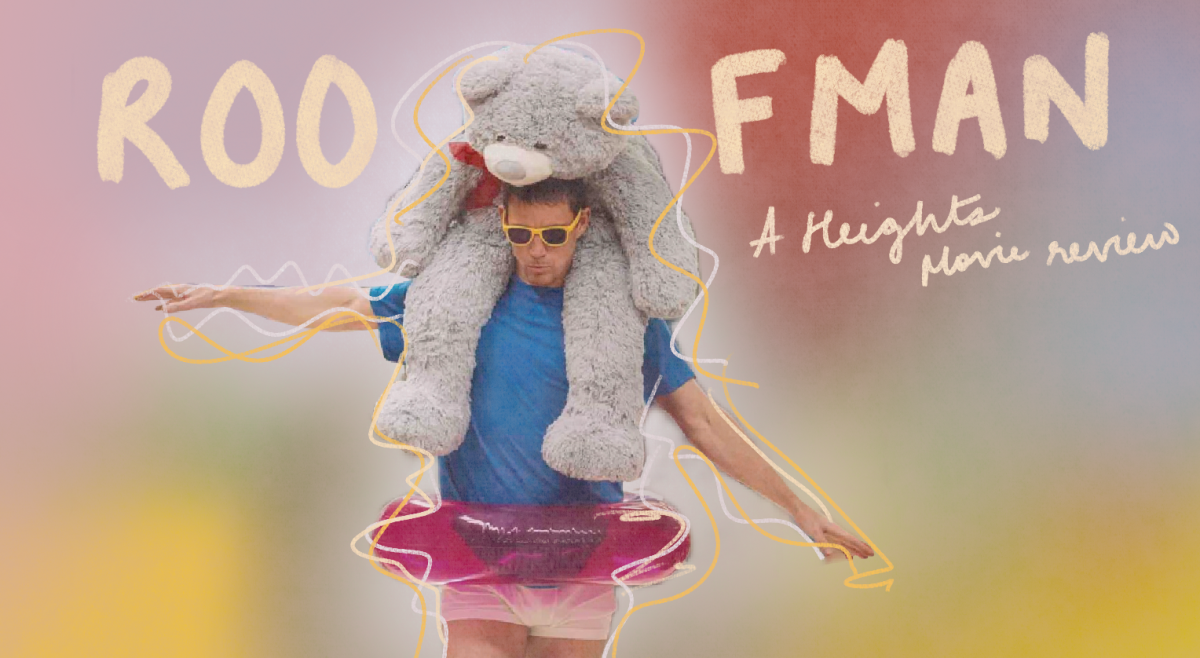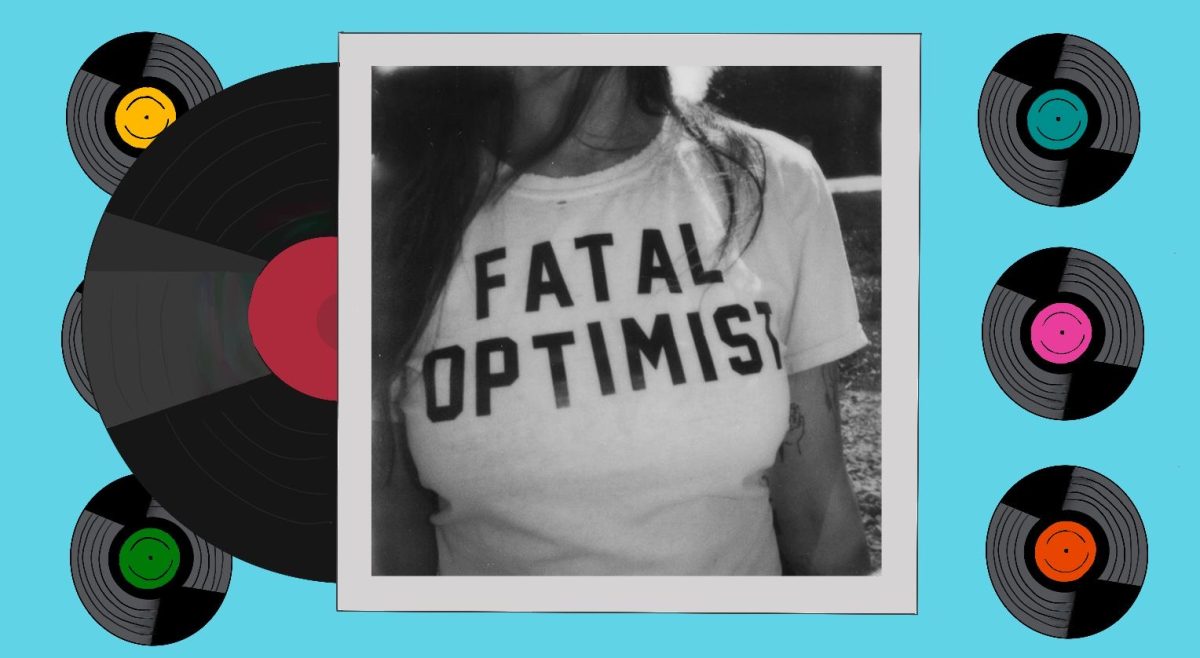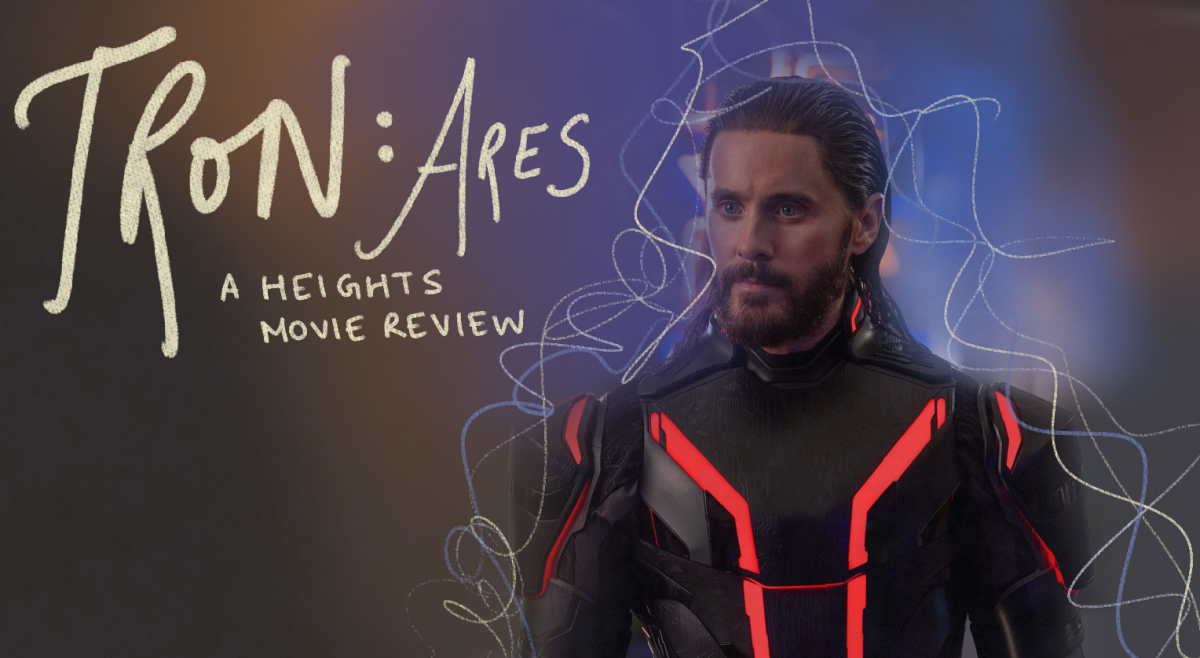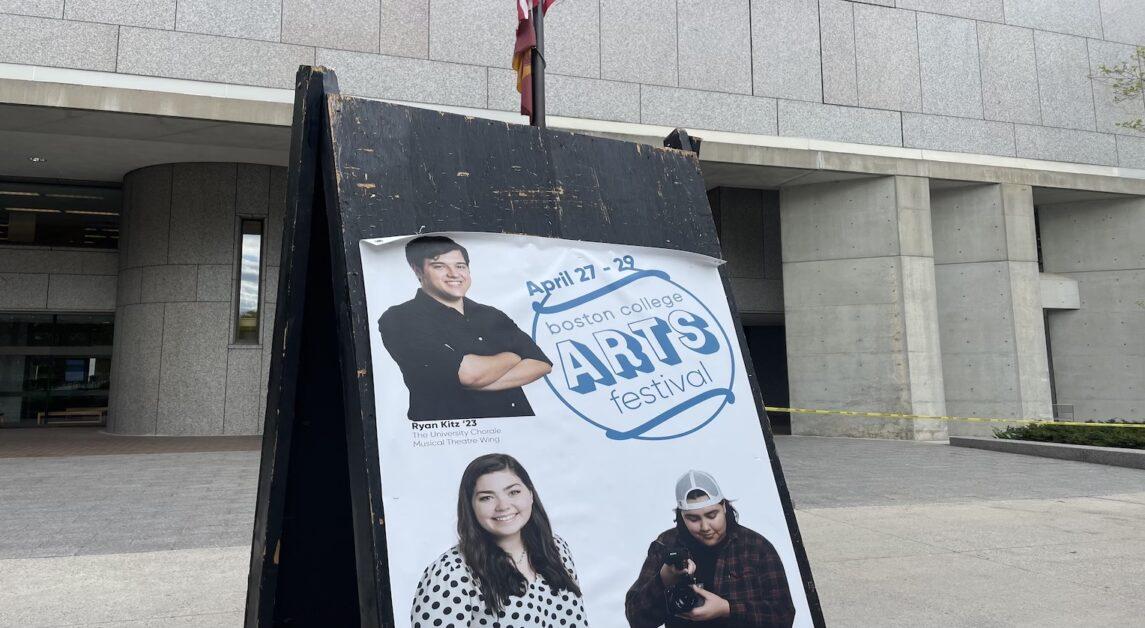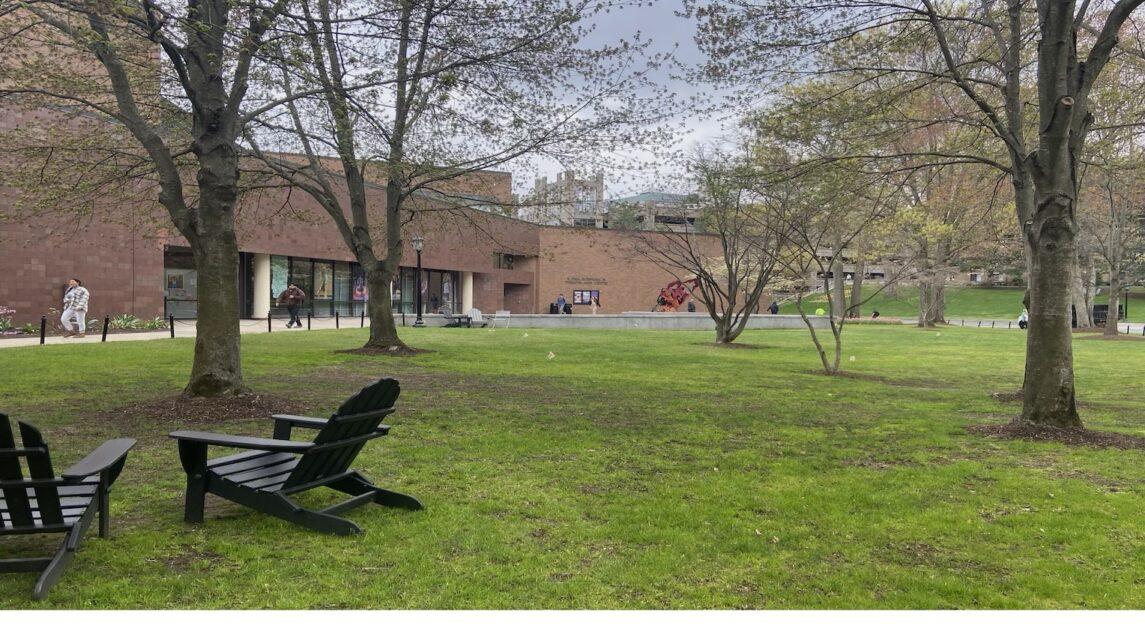On the last weekend of April each year, Boston College students can hear music blaring throughout campus from a large white tent that suddenly pops up on O’Neill Plaza each spring. Paintings hang on makeshift gallery walls in Robsham Theater and Devlin Hall, and students set up arts-oriented activities on Stokes Lawn. All are a part of BC’s annual Arts Festival, organized by the Boston College Arts Council.
“I think it’s a great opportunity for art and performance groups, especially because the arts on campus aren’t always the most visible,” Emily DeVito, volunteer coordinator for Arts Council and MCAS ’24, said. “So at the Arts Council, we work to advocate, enhance, and increase visibility for the arts on campus.”
This year marks the 25th anniversary of Arts Fest. The festival started in 1999 during a time when the University was aiming to promote the arts more on campus, according to Jeffrey Howe, the first chair of Arts Council and professor emeritus of art history at BC. The University created Arts Council in 1997 and the McMullen Museum of Art in 1993, so Howe said that creating an arts festival was an organic next step.
“The suggestion came up very early to have an arts festival because one thing that all the talented students at BC were missing was showcase, especially dance and music,” Howe said. “We had the new museum, relatively new at that point … so it seemed like a nice synergy coming together.”
Howe said Arts Fest was originally a one-day event, but since its popularity grew each year, Arts Council expanded it due to the amount of groups that wanted to perform. He said he knew the event became an integral part of the BC experience after the fifth Arts Fest.
“But, you know, we realized that [at] five years, we were already a tradition because every student had never known the campus without an arts festival,” Howe said. “Because normally [after] four years, you’re gone. So, the fifth year, we said, ‘Wow, we’ve done it. We’ve made this something that will last.’ And here it is—25 years on and it’s still going strong.”
According to Kara Robbins, Arts Council program director and Arts Festival coordinator, the festival looks a lot different now than it did when it first started, especially because BC’s campus looked very different in 1999.
“O’Neill Plaza looks different, like the stairs were in different places,” Robbins said. “Stokes Lawn wasn’t there, and it was this big expanse called the dust bowl. … There was always a tent on O’Neill, but then [there were] a lot of outdoor sculptures and there weren’t any sides to the tent yet and there wasn’t as much grass … but I just remember it being busy and fun.”
According to Robbins, outdoor sculptures and hands-on demonstrations used to be a large part of Arts Fest and were pioneered by Mark Cooper, a professor in the studio art department.
Cooper said that for the first Arts Fest—and for many of the ones following—he orchestrated a collaborative sculpture project where students from all disciplines helped paint images to collage onto a big project. These sculptures can now be seen in Robsham, the staircase in O’Neill, and in the entrance to the Arts Council offices in Rubenstein Hall.
“I think, no matter what your discipline, you’re in the School of Nursing, if you’re in, you know, management, if you’re in engineering, if you’re in science, you need to think creatively to solve problems,” Cooper said. “And I think art is a place where one sort of fits your 10,000 hours of practice.”
This project later shifted to a collaborative ceramics project where students could display the work they did in class on shelves around campus. Cooper also oversaw an activity where students could make their own ceramics outside. Likewise, Crystal Tiala, Arts Council chair and scenic designer, said she used to run an activity where students could help paint theatre sets during Arts Fest.
Although Arts Fest events have become more observational in past years and less hands-on, Robbins said that attendees still fully immerse themselves in the arts at Arts Fest.
“When you’re participating in that, even if you’re just watching something, somebody do it, you know, it’s still this amazing way to be able to empathize beyond ways we might be able to otherwise,” Robbins said. “So yes, they’re watching, but I really hope they’re also feeling some inspiration and not … on a phone and, you know, just like taking it in.”
Cooper attributed this shift from hands-on demonstrations to more sit-down performances to the COVID-19 pandemic.
The 24th Annual Arts Fest in 2022 was the first time the event was held fully in person since 2019. The event was held virtually in 2020 and in a hybrid format in 2021. When Arts Fest returned in person in 2022, only the Class of 2022—who were then seniors—had experienced a fully in-person event before.
Tiala said because of this, participation rates at the festival have been lower in recent years than they were the COVID-19 pandemic and even 20 years ago. Tiala said this year in particular, Arts Council has focused on getting students back to being very involved with the event.
“We didn’t have the participation we did like four years earlier, which is why that sort of goal this year is to really get back to that really vibrant, full participation,” Tiala said.
Robbins said another goal Arts Council has is to not only to get more students to come out and enjoy Arts Fest, but to have a more diverse array of students and activities featured in the event in the future.
As part of this initiative, Robbins said Arts Council introduced the Culture Showcase this year, which will feature various cultural clubs and performers, including Chinese Students Association, Korean Students Association, Masti, and more.
“My hope is that we have greater collaboration among our groups and that everyone feels that they have a voice and some input into making this festival something really unique and really special,” Robbins said. “I love our traditional events and am sure a lot of them will stand the test of time, but I’m really interested to see what else students can do and to give them a safe space to experiment with it a little bit. I think we really could do some amazing things.”

